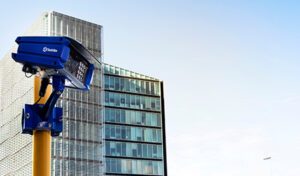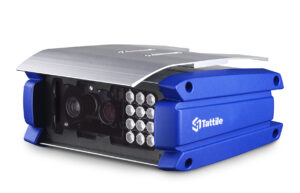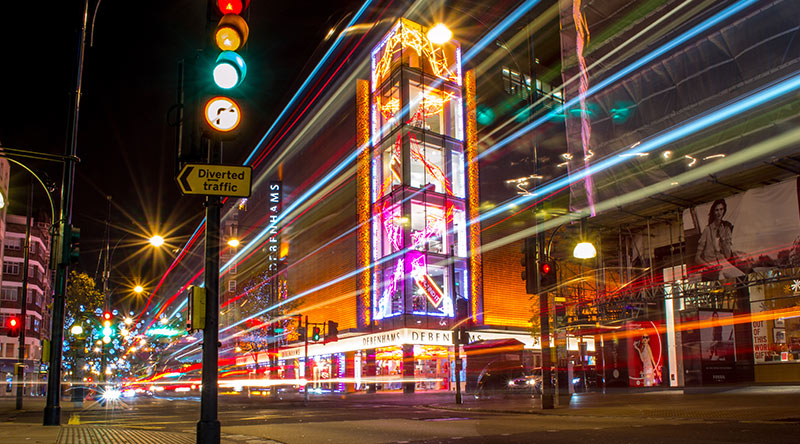Red-light traffic cameras are an effective way to dissuade those who commit red light offenses. These cameras detect the red status of the traffic light to highlight the crime if a person crosses the stop line with the red light on.
In Tattile Smart cameras, this is made possible by using artificial intelligence: the camera automatically detects the red-light status by using an embedded image analysis technology, without the need for any external sensor. Every time the light turns red, the violation mode of the traffic monitoring camera activates, and the system creates a virtual trigger on the road surface. If the vehicle crosses this virtual line, it commits a violation, and the ALPR camera takes a picture of its license plate.
The plate characters are then read by the OCR engine onboard. Additionally, the Tattile ANPR camera presents context pictures, together with a streaming video, to show the vehicle approaching the traffic light and committing the crime passing the stop line with the red light.

History of red-light traffic cameras
These cameras have been in use worldwide since the 1960s. For the first time, cameras received serious attention in the US in the 1980s following a highly publicized crash in 1982: a red-light runner collided with an 18-month-old girl in a stroller in New York City.
Subsequently, a community group worked with the city’s Department of Transportation to research automated law-enforcement systems to identify and fine drivers who run red lights.
Difference between traffic cameras and red-light traffic cameras
Red-light traffic cameras differ from standard traffic ANPR cameras in their ability to perform enforcement applications, automatically detecting the violation to enforce the law, in addition to the traditional performances of ANPR technology.
ANPR technology standard performances are to detect and read license plates through the OCR software (Optical Character Recognition), convert the information on the license plate into a digital format, and send the result to processing systems, like access control, free flow tolling system, or parking access system.

Why choose Tattile?
Tattile cameras have an outstanding embedded technology; they are entirely configurable according to customer needs.
Tattile cameras can manage from one to two lanes and from one traffic light per lane to one traffic light every two lanes. Nevertheless, Tattile solutions grant the continuous availability of high-quality pre-sales and after-sales support.
